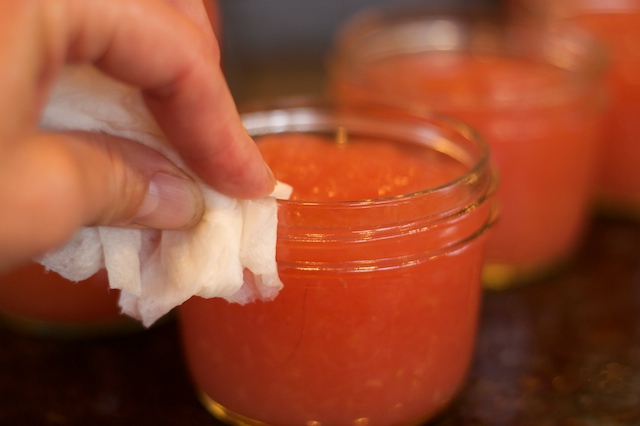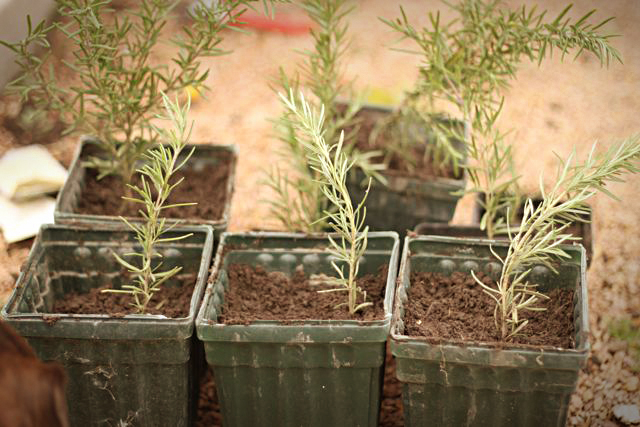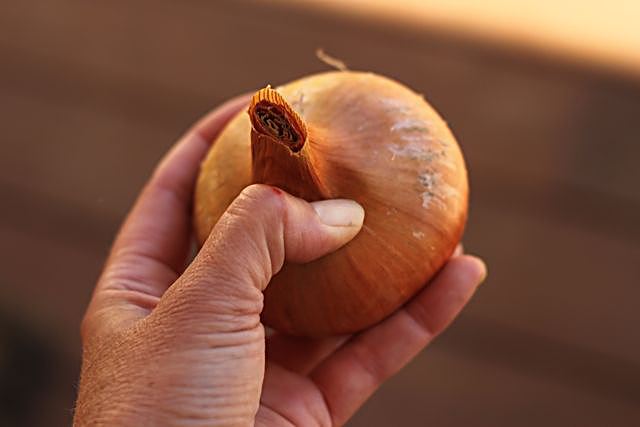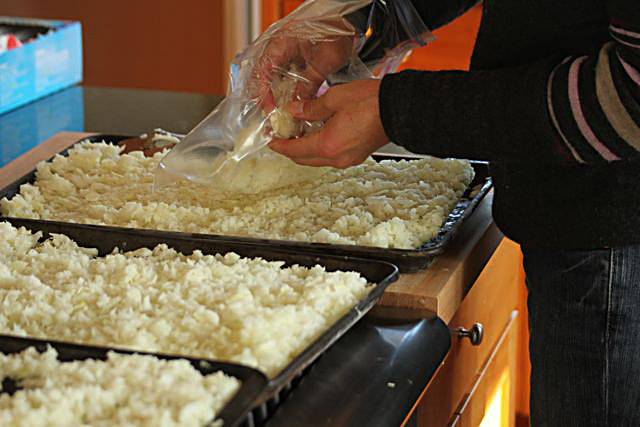 (Headline was a cheap-attention getter, sorry.)
(Headline was a cheap-attention getter, sorry.)
I don’t know why I thought I already wrote this piece, but I swear I did. Maybe I dreamed it.
Get ready, because I’m planning to boss you guys around. Again. It seems like all I do is tell everyone what to do and why they should do it. Well. I don’t care. You should plant garlic. You really should. It is super easy and the difference between store bought and home grown garlic is vast. Not as vast as the difference between a store bought and home grown tomato (what is?), but still vast. And the best part? Easy to peel! I hate to peel garlic (and shallots and onions). In fact, if and when I run out of garden garlic, I far prefer to buy huge jars of already-peeled whole garlic — practically as horrid as garlic salt, if many gourmands are to be believed — hideous, refrigerated whole garlic! …rather than to buy and peel the tissue thin skin of a store bought clove of garlic.
You don’t need much room to grow garlic. You don’t need great soil. But. And this is a big but: You need to plant it NOW! The first week of November is a good time for Zone 3 and 4 gardeners. If you are warmer, just make sure to do it before the ground freezes, but not early enough to let the little buggers sprout. If a prolonged warm spell is still possible in your neck of the woods, hold off.
To plant your first crop of garlic, you have to order it from a garden catalog. I love Territorial, Pinetree, kitchengardenseeds.com and others. It’s a good idea to find a seller that is close to where you garden, or at least in the same type of climate and zone. Garlic adapts to where it grows. So it stands to reason that garlic purchased from a seller that grows its crop in a climate like yours will grow better in your own garden. Hopefully, that will be the last time you have to buy garlic to plant, because ideally, you will save a portion of your harvest and plant those cloves the next Fall.
[UPDATE: A commenter mentioned something that made me realize something I should have mentioned: if you have a farmer’s market that sells organic garlic grown in your area that you love, YOU CAN PLANT THAT TOO! The benefits are that you know what it looks like, you can taste it, it’s probably a good deal, etc. etc. Thanks to freshnewengland.blogspot.com for jangling my brain.]
It does happen that you can lose your crop, as has happened to me once, over the course of a particularly brutal and snow-free Minnesota winter about 4 or 5 years ago. It was very sad, but I have moved on.
It is also helpful to take notes on what type of garlic you grow. And if you grow more than one variety, to keep track of where it is planted and what bag or box it is put in when it is harvested. That way, when someone says, “That is beautiful and delicious garlic! What variety is it?” You can say, “Why, thank you for asking. It is Inchilleum Red.” Instead of, “Um. Polish Red? Longkeeper? I have no idea…” Like I end up saying every year. Even when given the opportunity to start from scratch four years ago, I did not learn that valuable lesson. So learn from me, and make a note.
Planting it couldn’t be easier. 1) Loosen the soil.
2) Separate the cloves. Discard (and eat) the itty bitty cloves.
3) Push individual cloves, pointy side up, one to two inches below the surface of the soil.
4) Smooth over and cover with something to protect area from being disturbed if you have dogs, cats, chickens or other curious varmints.
 (Please ignore the drunken, wavy formaldehyde infused fake wood. I assure you. The stuff usually works great.)
(Please ignore the drunken, wavy formaldehyde infused fake wood. I assure you. The stuff usually works great.)
5) After the ground freezes, if you are worried about very severe cold with no snow protection, you can mulch with hay or leaves. Just don’t do it too early, as you don’t want the prevent the ground from getting cold and freezing, which would encourage growth.
Next spring, clear the bed and amend the soil with a little compost scattered here and there, don’t worry about working it in. You don’t want to damage the cloves which are just below the surface. Water as you would anything else in the garden and harvest when the tops fall over. If you planted a hard neck variety, you’ll want to cut off the scapes to keep the energy directed to the development of the bulb. You can saute the scapes, they are delicious.
So that’s it for garlic. Does it appease the guilt and shame that I have about not finishing the Apple Madness posts? That I only have part one finished? That all I can think about is the ugly and probably festering apples in the cooler outside that should be in the four remaining pie crusts that are awaiting rollout in my fridge?
NO! Now LEAVE ME ALONE! I’ve got a book to read. And it’s so good, too… Hope none of my clients are reading this.
















































